I bought a couple of bonsai about 4-6 weeks ago. My first mistake(which I knew at the time) was that the trees were unlabeled and came with no instructions. I'm over it. I did some basic research from a book(Bonsai Survival Manual by Colin Lewis) that my brother had and found out the classification for one of my trees. The known tree, I believe, is a Serissa foetida or a tree of a thousand stars. The book seems to give fairly in depth directions on the care of the tree including optimal temperature, water, soil, fertilizer, and sun conditions. Cool. My second tree, which I suspect to be a type of Juniper, was not listed specifically in the book and therefore I have been continuing care according to my basic plant knowledge.
Both trees have shown growth, much more so in the Serissa(about an inch) than the Juniper(?)(about a centimeter). I have done some very minimal aesthetic pruning on both trees and both seem to be ok with it. The Serissa has produced probably 6-10 flowers since I have owned the tree.
Things that should be noted before I ask my questions. In neither of the soils of the trees were there pebbles glued on to anything. The soil of the Serissa is mostly organic(dirtlike) with some gritty compounds, which is how the book describes the optimal soil. The soil of the Juniper(?) is definitely more gritty and water runs through it very easily. My growing zone is 6 with a potential for zone 5 temperatures. Ok questions:
1) I have broken up the soils in both pots with a very thin screwdriver to allow for some aeration and mixing. Is there a general opinion on this practice?
2) Is it ok to allow dropped leaves(Serissa) or clippings to decompose in the bonsai's pot. I have been leaving them there in the thought that the decomposition would add nutrients to the soil. Am I wrong in thinking this?
3) Through reading it seems that the consensus is that any type of Juniper(?) is best suited to an outdoor environment. Should I slowly adjust the Juniper(?) to living on my outdoor balcony(with wind protection)?
4) Should I buy a grow light? Maybe one such as the Spot Clamp On? If so 60 or 150 watt?
5) On the Serissa plant, some of the leaves have brown(dead/infected) tips? Some of the leaves are also misshapen in that they seem overly large and contorted. Any ideas on this?
I think that is all for now. I will try to post pictures soon. Thank you very much in advance for any help that you could give me.
Ryan
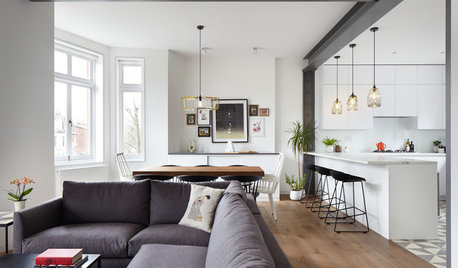
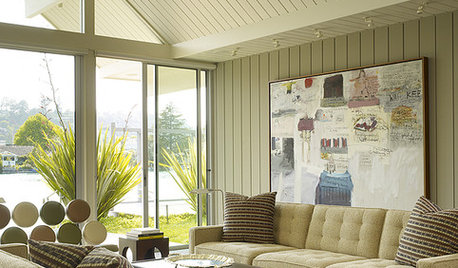
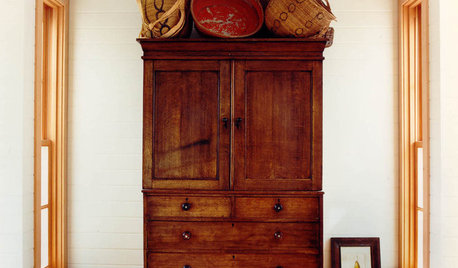
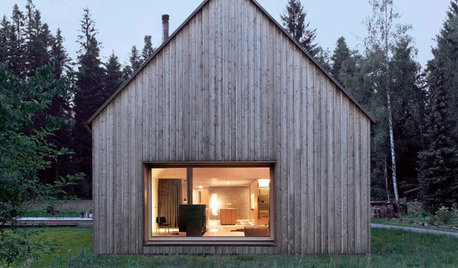







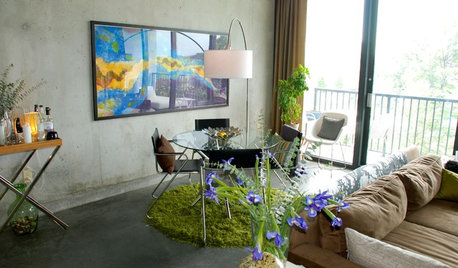
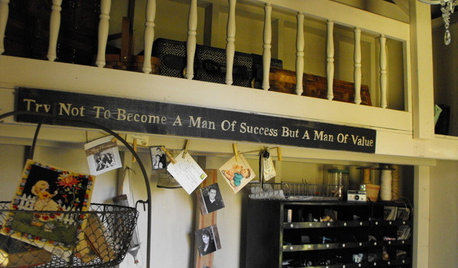
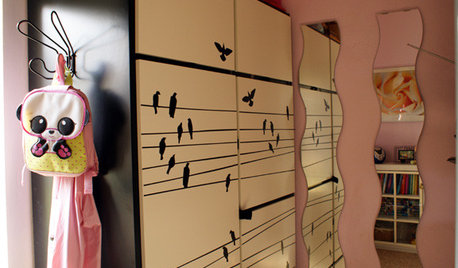
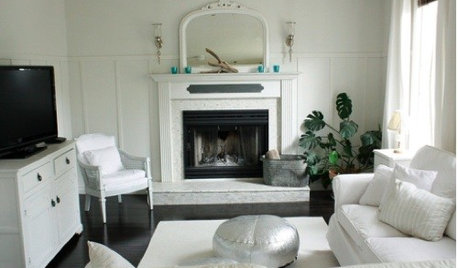
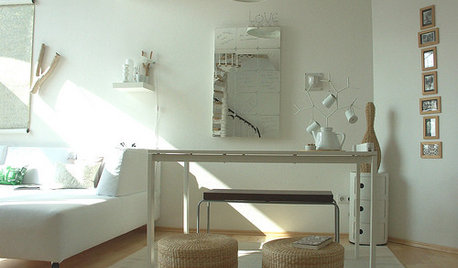


lucy
bonsai_audge
Related Professionals
Danbury Landscape Architects & Landscape Designers · Clemson Landscape Architects & Landscape Designers · Anderson Landscape Contractors · Burlington Landscape Contractors · Caldwell Landscape Contractors · Fairview Landscape Contractors · Lake Saint Louis Landscape Contractors · Secaucus Landscape Contractors · Seven Hills Landscape Contractors · West Allis Landscape Contractors · Ankeny Decks, Patios & Outdoor Enclosures · Billerica Decks, Patios & Outdoor Enclosures · Green Bay Decks, Patios & Outdoor Enclosures · Hialeah Decks, Patios & Outdoor Enclosures · Salisbury Decks, Patios & Outdoor EnclosurescookrnOriginal Author
botanical_bill
cookrnOriginal Author
bonsai_audge
gnome_in_pa
lucy